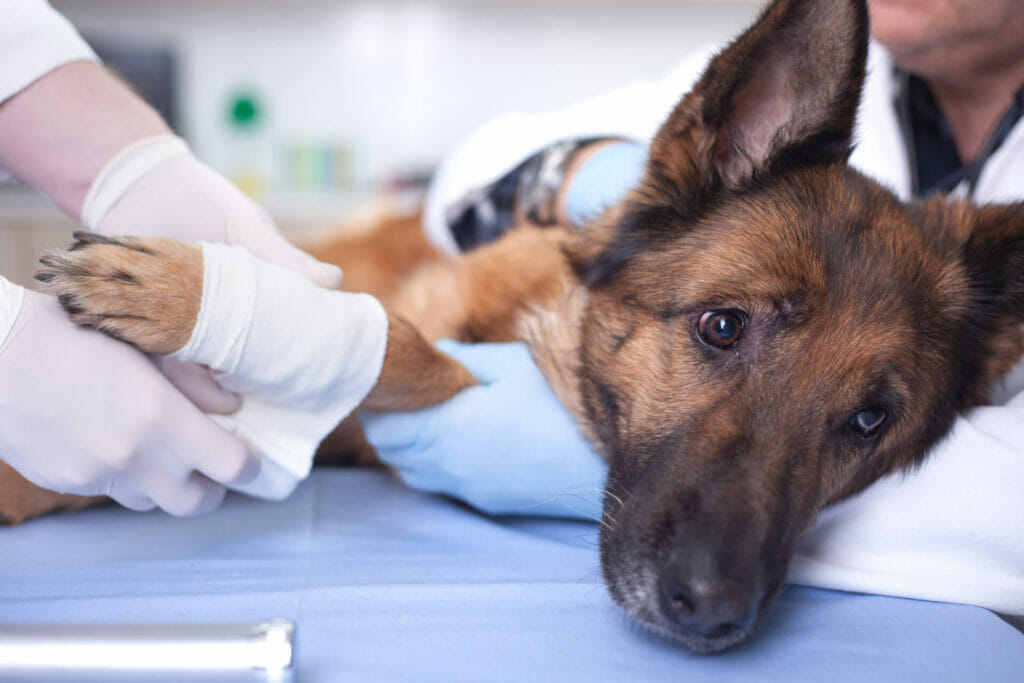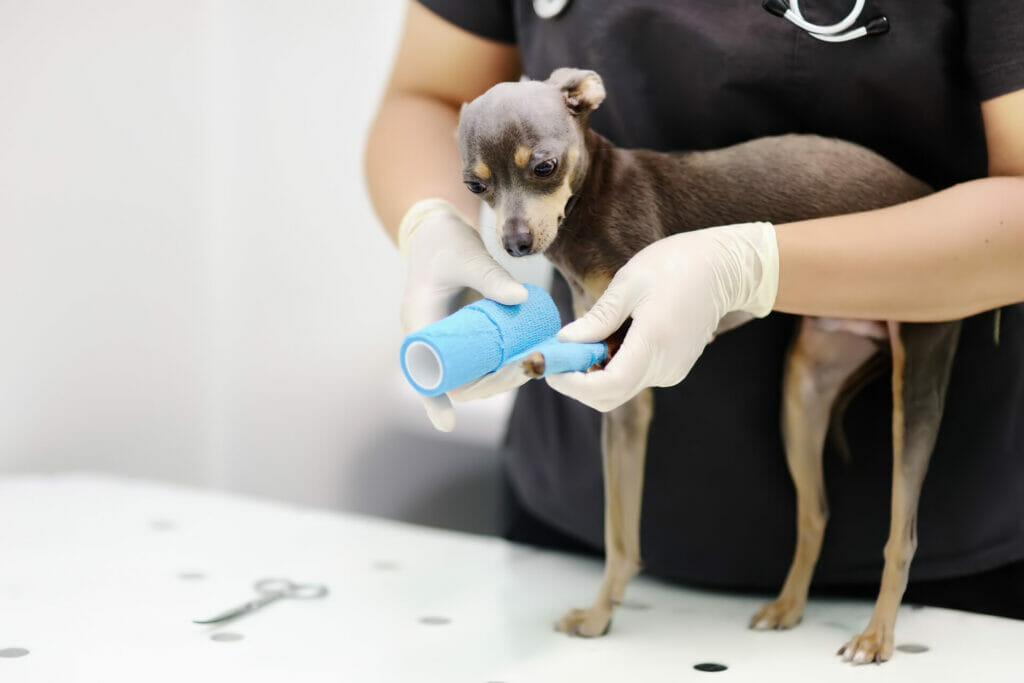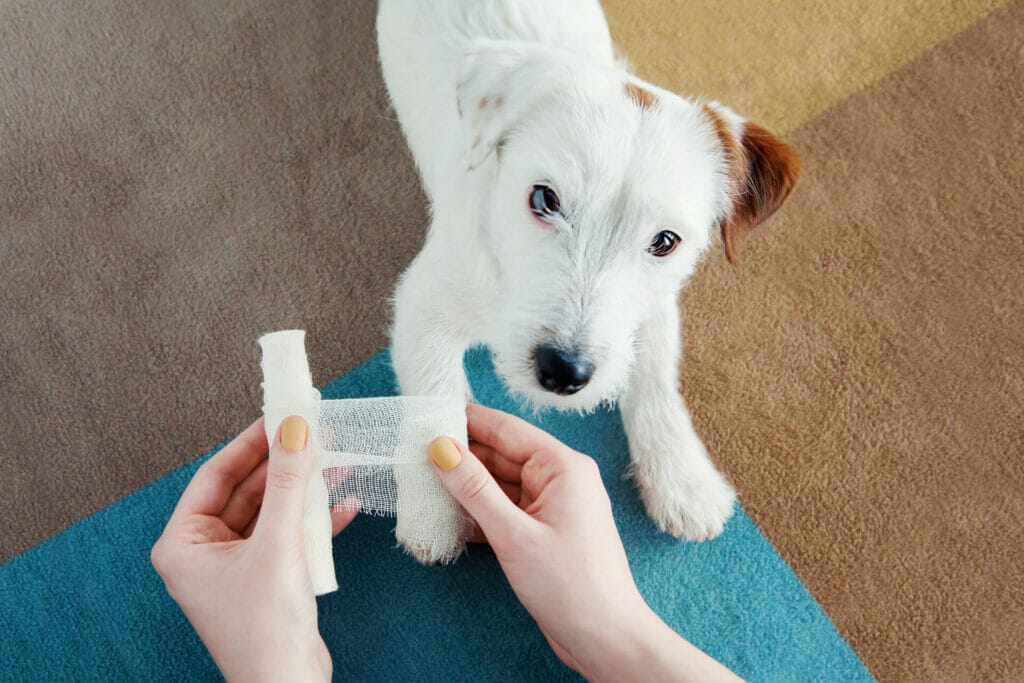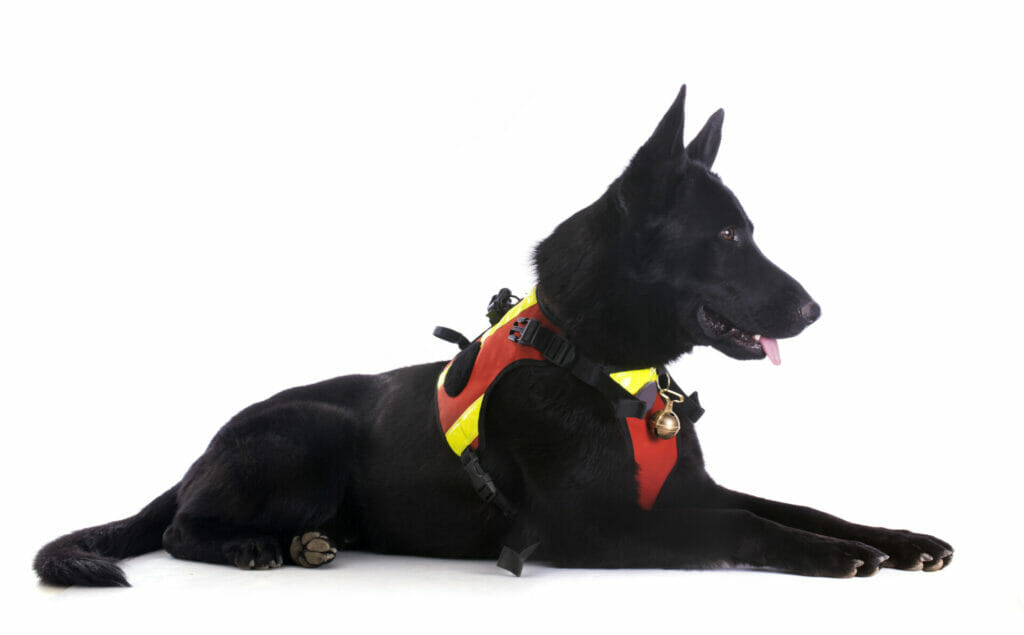Did you know it’s pet preparedness month? We want you and your pup to be ready for anything that’s thrown your way. That’s why we partnered with JUDY, experts in emergency preparedness, to share tips on how to best prepare for emergencies as a pet parent. This week we partnered with our resident vet, Dr. Stephanie Liff, to discuss different types of emergency situations and how you can prepare your home and pup in advance.

What are different emergency situations pet parents should be aware of?
The types of emergencies you should prepare for will depend on location. Someone in Colorado or California will have to pay more attention to wildfires than someone living in Michigan or Ohio. When preparing for an emergency situation, it is helpful to consider which emergency events are more likely to occur in your climate or location and tailor the preparation to your circumstances. Some emergencies you can think about being aware of include: falling debris, heatwaves, wildfires, any evacuation situation, flooding, house fires, emergency shelters with pets, toxin consumption, earthquakes, and tornadoes. Depending on the emergency, advice and mandates from government officials will differ, so it’s also best to do your research on what your local response protocol looks like.
Put a plan in place and pack your emergency kit based on the events most likely to occur. It is also important to remember that pet care tips for emergencies are temporary and when it comes to your pet’s health, you should always seek professional care as soon as possible to make sure your pup is properly taken care of.

Who should pet parents seek professional care from in an emergency situation?
Yes definitely – we know when to push each other, we know when it’s too much. It’s always In emergency situations that are time sensitive and specific to your pup, such as a snake bite wound or toxin intake, it is important to seek immediate professional help. For example it is better to immediately act or go to the vet than wait on the phone with poison control. In general though, there are a variety of resources you can reach out to for support. If you are in a disaster zone, there will likely be veterinary teams on the ground administering help to animals. If your pup’s situation isn’t urgent, or you are unsure of the next steps to take, using telehealth to leverage vet expertise can be reassuring and also prevent emergency room overflow.
What important information or documentation is important for pet parents to have in case of an emergency?
When preparing for emergencies there are certain documents and information regarding your pup When preparing for emergencies there are certain documents and information regarding your pup that are helpful for you to collect in advance to be equipped for any situation that may arise. First of all, you should check that your pup’s microchip is registered to you. Often, the microchip is registered to the person who implants it rather than the pet parent. Once you know the chip number you can search it on Google and change any necessary information through the provider (pet parent contact information or medical information, like allergies). It’s also helpful to proactively have your dog’s medical records on hand particularly if your dog has a lengthy medical history. To prepare for an emergency, you can get your pet’s medical records from your vet or, if they cannot access them, from your insurance company. This can be a great solution if your vet does not have power and your insurance company is located in a different state.

What items are essential to include in a pet kit for emergencies?
To be prepared for an emergency, you should have a kit with key essentials to prepare for any situation that might arise. This should include bottled water, enough food and prescription medicine for an emergency situation (we recommend a 30-day supply), prescription medication, booties, sunblock, burn salve, a copy of vaccination records, all emergency contacts (e.g.: vet, local clinic, telemedicine options, emergency clinic), antihistamines such as benadryl, and bandages.
Other handy tips:
- Have some 2% hydrogen peroxide on hand in case you need to induce vomiting in your dog, and be sure to seek care immediately afterwards.
- Benadryl is safe enough to be administered after a bee sting or hives before traveling to the vet. (The standard administration is is one mg of Benadryl per pound of your dog’s weight)
- It’s okay to keep gauze or bandages on hand, but they should only be used as a temporary solution. Head to the vet ASAP because there can be consequences to improper bandaging.
What are some behavioral signs that your dog is not feeling normal?
It’s possible your pup’s changes in behavior might simply be explained by stress. Just in case it’s something more, some behavioral signs you can look out for to signal that you might need to seek help or medical attention include: acute changes in your dog’s bathroom habits or eating and drinking, lethargy, panting (rapid breathing when rested), coughing, sneezing, nasal discharge, red eyes, vomiting, respiratory issues, pale gums, open fractures, seizures, collapsing, bloody diarrhea, limping, and aggression. These are all signs that there might be a greater issue or reason to seek care for your dog.

Is there anything else pet parents should consider for emergencies?
It’s important to think about emergencies and evacuations on a case by case basis as your pet’s reaction will likely differ depending on the situation. It is normal for your pet to flee or hide given the stress.
In the case of a fire, your dog might be hesitant to leave the home and have to be carried out. In the case of a fire, your dog might be hesitant to leave the home and have to be carried out. Another tip for fire emergencies: be prepared to protect against potentially hot ground with booties or mushers and burn salve for your pup’s feet. Sedation is an option for reducing your pet’s anxiety but it’s not always the best solution, particularly in the case of hypothermia as it can lead to greater risk.
In case of a water evacuation, it may be helpful to have a life vest for your dog. It’s also a good idea to have a cone to prevent your dog from licking any wounds.

In the case you’d need to go to a shelter, it is important to have a copy of your dog’s vaccination records (these are a requirement for admittance). If you have to leave your pet at home, remember to put a notification on your door to let the neighbors know that there is a pet inside (just in case you are unable to return home before evacuation).
Want to learn more about pet preparedness for emergency situations? Reach out to us at whatthepup@spotandtango.com




















